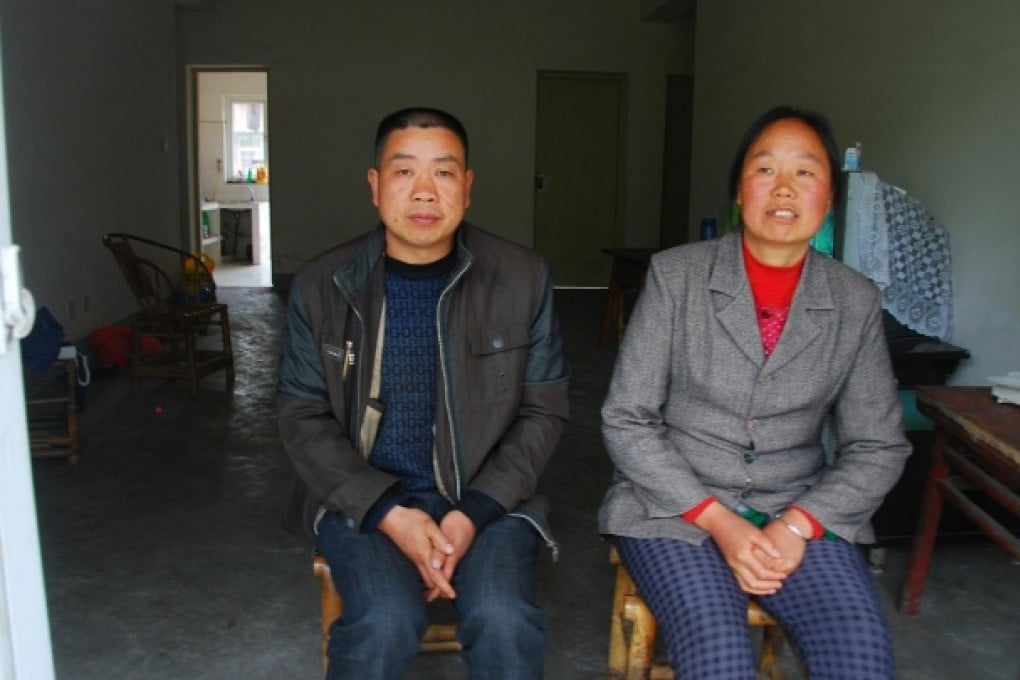Peasant survivors of 2008 quake find life in modern flats a struggle
Resettled rural dwellers say they preferred squalid cottages destroyed in quake to new flats

Rows of tidy new flats now sit on the edge of a large kiwi fruit field in Shihua, Sichuan , which was devastated by an earthquake five years ago.
The magnitude-8 quake toppled more than 200 houses in the old hillside village, about 40 kilometres from Dujiangyan.
I kept refusing to move in ... even though the village officials spared no effort in trying to convince me
Its 1,000 residents have now been given flats in 10 four-storey blocks at the foot of the hill, with the resettlement site presented to visitors as a model reconstruction project. The village no longer exists. It is now known as Shihua district.
As part of earthquake reconstruction, Dujiangyan has been turned into China's largest exporter of kiwi fruit. Four years ago, the provincial government attracted about 1.5 billion yuan (HK$1.87 billion) of investment and set aside more than 1,000 hectares of land to grow kiwi fruit, with 70 per cent of the harvest being exported.
But Shihua residents say life in their new flats is not as easy as outsiders might think, with many saying they preferred life in their squalid hillside cottages.
Zhou Youcheng , 43, said local governments had leased most of the district's farmland to large agricultural companies to grow kiwi fruit, and the rest often lay idle because of a lack of irrigation.